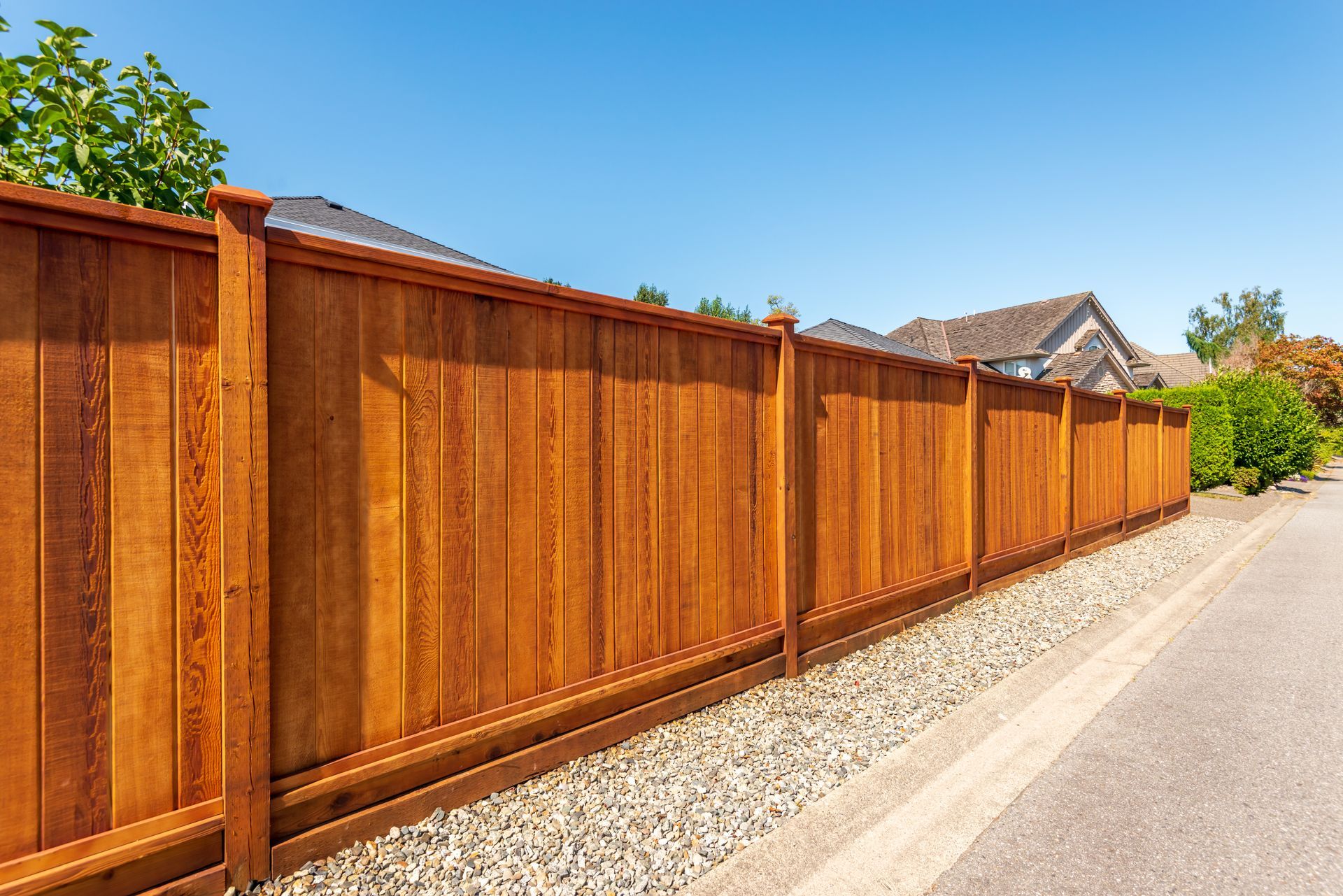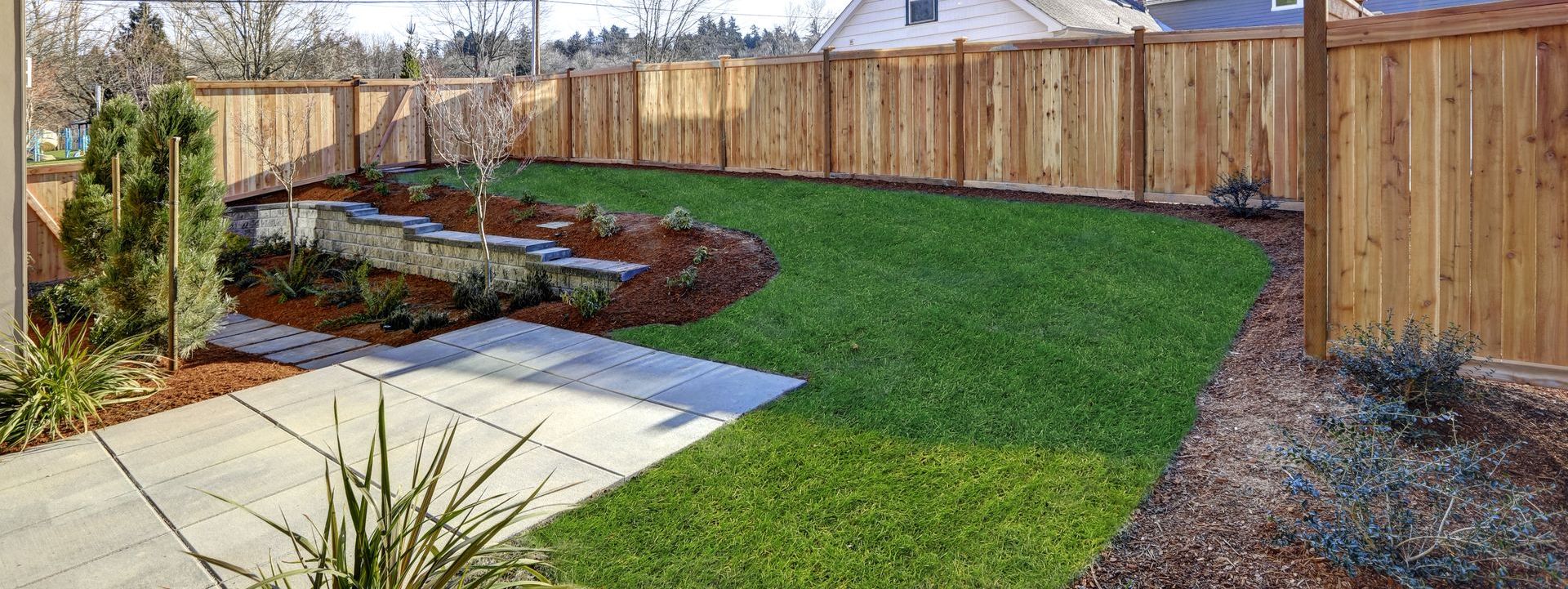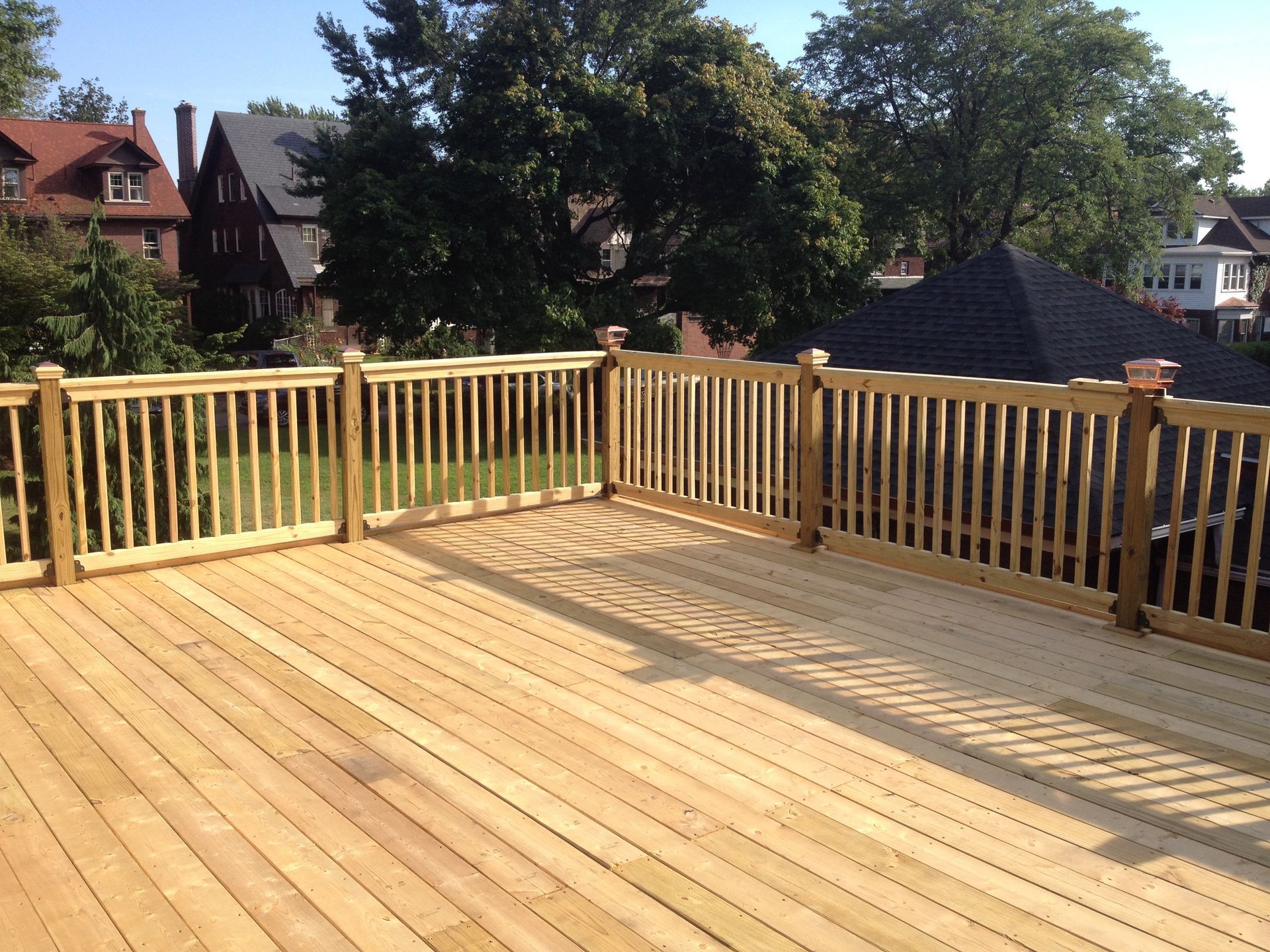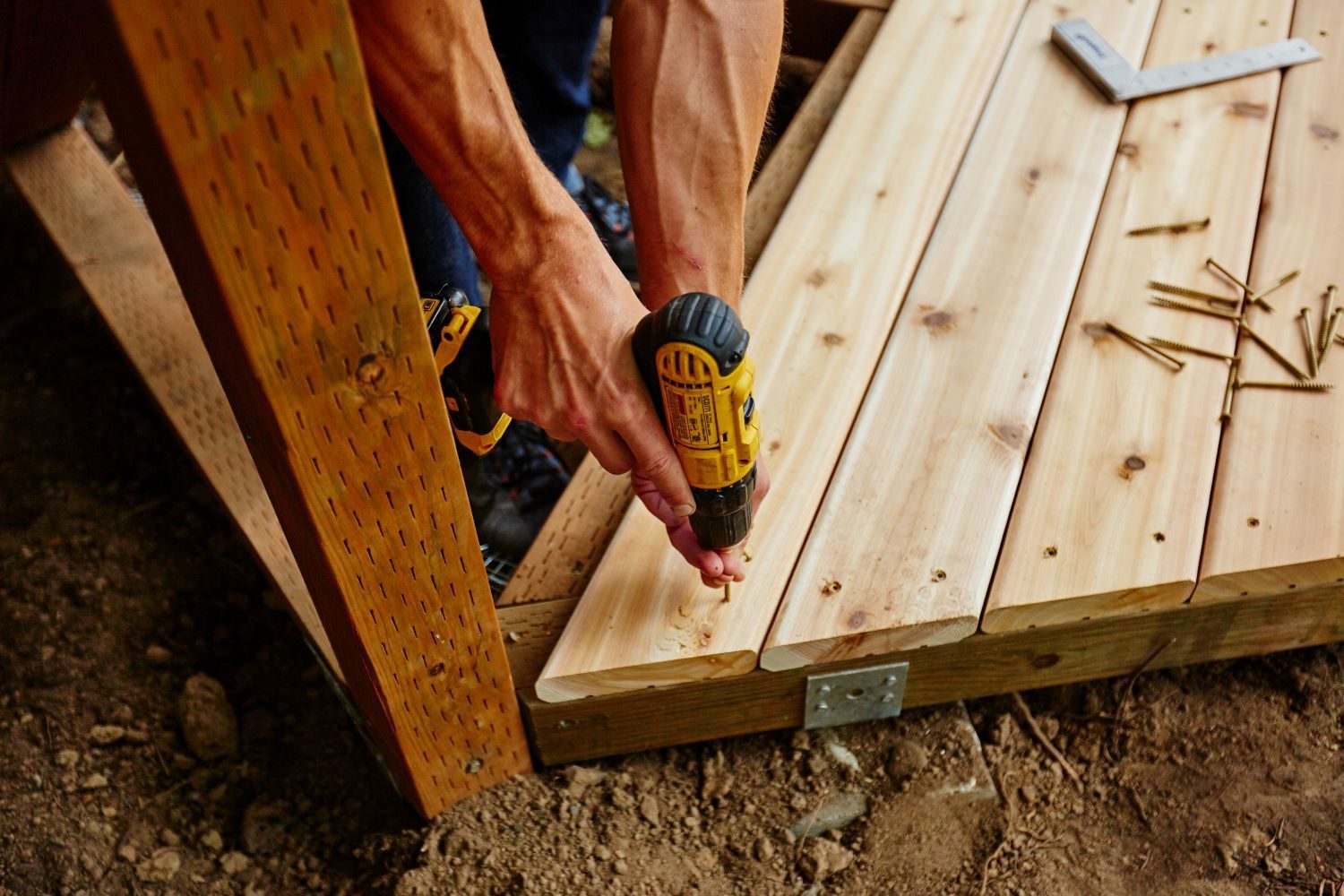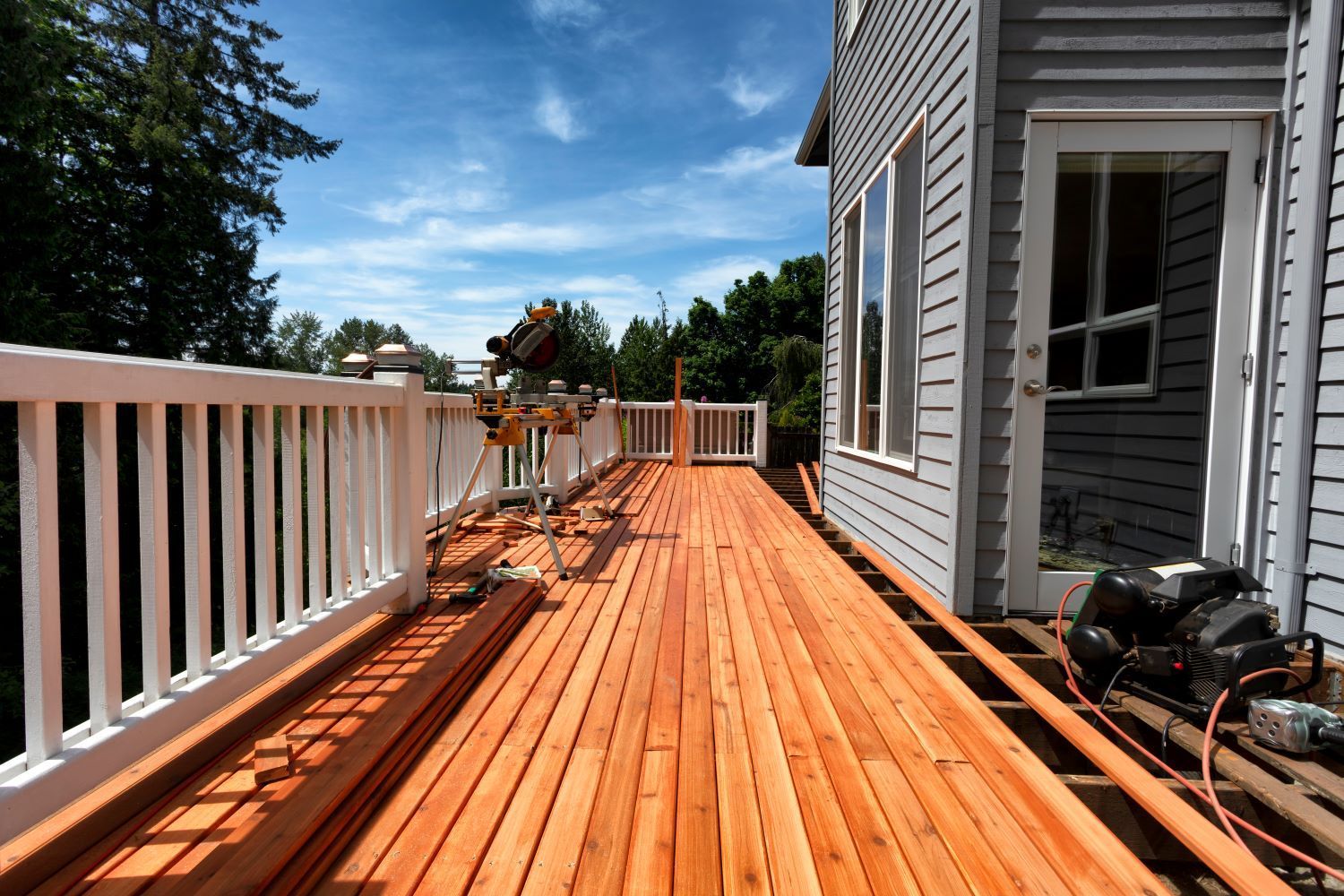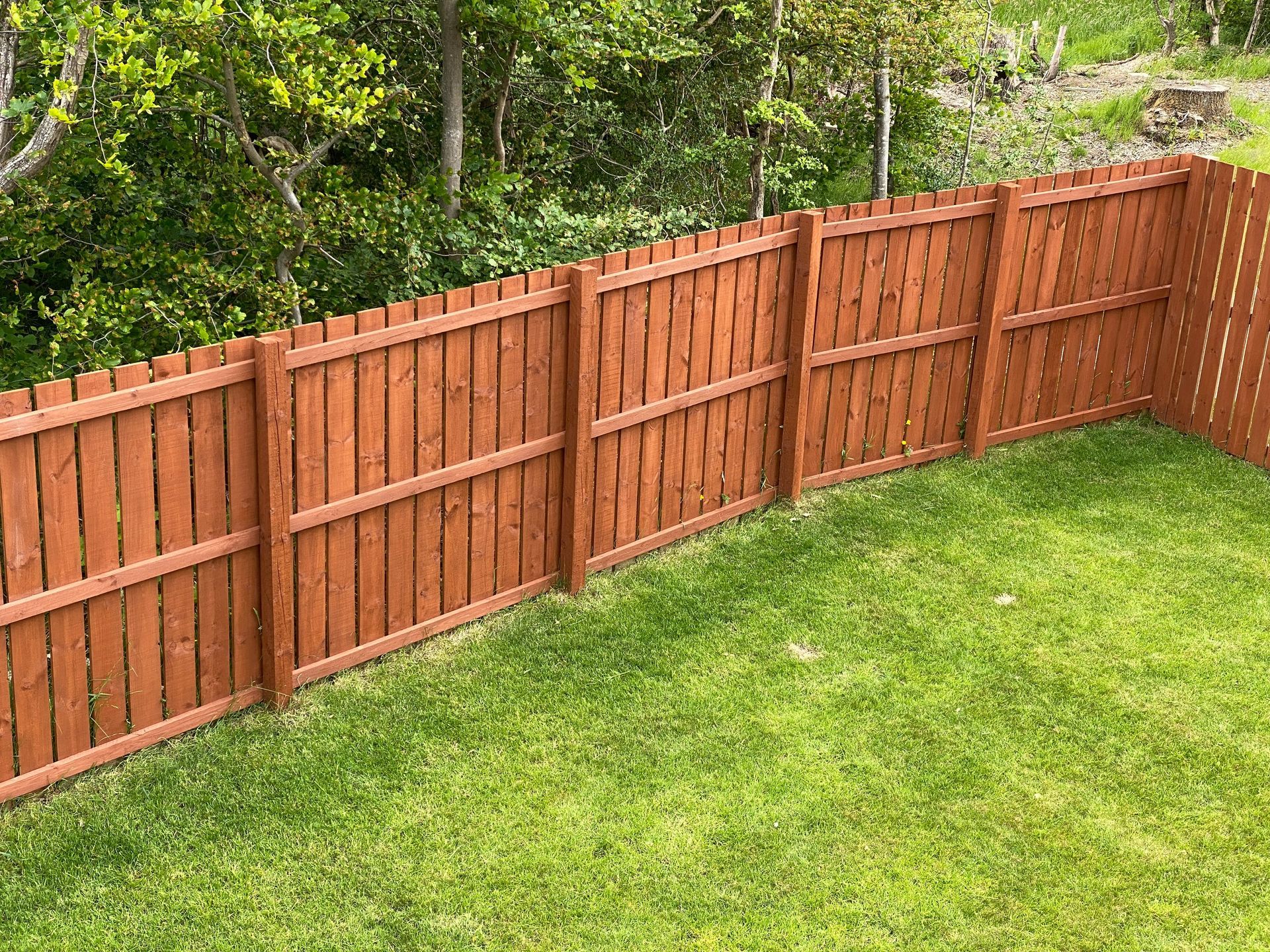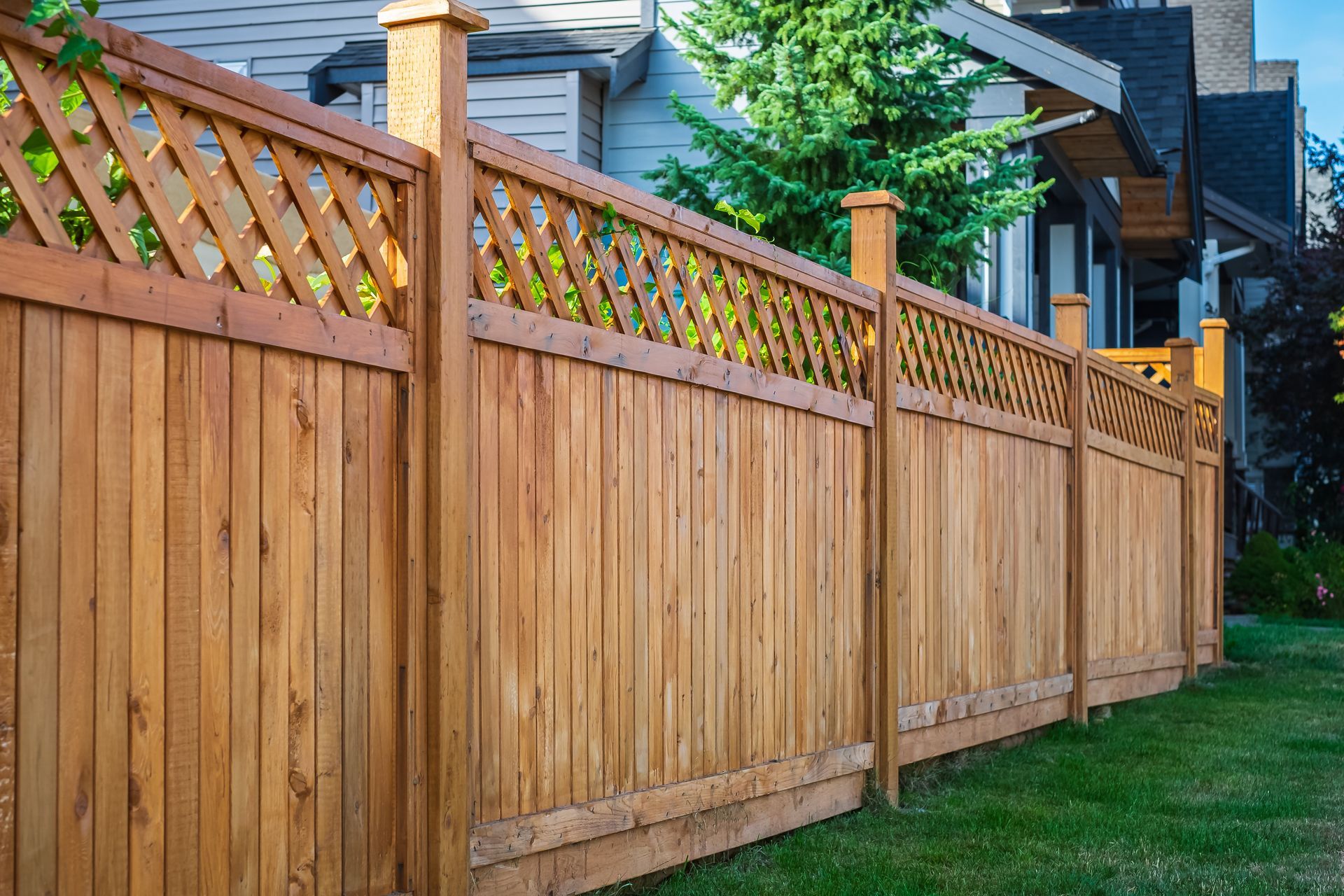How to Maintain Your New Fence After Replacement

Congratulations on your new fence! A well-maintained fence not only enhances the aesthetics of your property but also ensures its longevity and functionality. At Deck and Fence London, we understand the importance of keeping your fence in top shape, especially in the diverse weather conditions of London, Ontario. Here’s a comprehensive guide on how to maintain your new fence after replacement.
1. Regular Inspections
Routine inspections are crucial for identifying any potential issues early. Check your fence for signs of damage, such as loose or broken boards, rust on metal parts, or any areas where the paint or stain is peeling. Addressing these problems promptly can prevent them from worsening.
2. Cleaning
Keeping your fence clean is essential for its maintenance. For wooden fences, use a gentle power wash or scrub with soapy water and a brush to remove dirt, mildew, and algae. For vinyl or metal fences, a hose down with water and a mild detergent is usually sufficient. Regular cleaning prevents the buildup of harmful substances that can cause deterioration.
3. Staining and Sealing
For wooden fences, applying a stain or sealant every few years is vital. This not only enhances the appearance but also protects the wood from moisture, UV rays, and pests. Choose a high-quality stain or sealant that suits the type of wood and the weather conditions in London.
4. Painting
If your fence is painted, keep an eye out for peeling or chipping paint. Touch up these areas to protect the underlying material from the elements. A fresh coat of paint every few years can also refresh the look of your fence and provide an additional layer of protection.
5. Repairing Damage
Promptly repair any damage you find during your inspections. Replace loose or broken boards, fix any wobbly posts, and ensure that gates and hinges are working correctly. Timely repairs prevent small issues from escalating into significant problems that could compromise the integrity of your fence.
6. Controlling Vegetation
Vegetation growing too close to your fence can cause damage. Ensure that plants, vines, and bushes are trimmed back and not in direct contact with the fence. This helps prevent moisture buildup and reduces the risk of damage from overgrown plants.
7. Preventing Water Damage
Water is one of the most significant threats to fence durability. Ensure proper drainage around your fence to prevent water from pooling at the base. For wooden fences, consider installing a gravel bed or concrete footing to keep the wood dry and reduce the risk of rot.
8. Pest Control
Wooden fences can attract pests such as termites and carpenter ants. Regularly check for signs of pest activity, such as small holes or sawdust. If you suspect a pest problem, treat it immediately with appropriate insecticides or contact a professional pest control service.
9. Weather Protection
In London, Ontario, your fence will be exposed to various weather conditions. During the winter, remove snow buildup around your fence to prevent moisture damage. In the summer, ensure that your fence is protected from excessive sun exposure by using UV-resistant stains or paints.
10. Professional Maintenance
Consider hiring a professional for periodic maintenance checks. Professionals can identify and fix issues that might be missed during routine inspections, ensuring that your fence remains in excellent condition for years to come.
Conclusion
Maintaining your new fence after replacement is not only about preserving its appearance but also about ensuring its durability and functionality. By following these maintenance tips, you can keep your fence looking great and standing strong, adding value and security to your property. At Deck and Fence London, we’re here to help you with all your fencing needs.
Contact us for more information or to schedule a maintenance check today!
